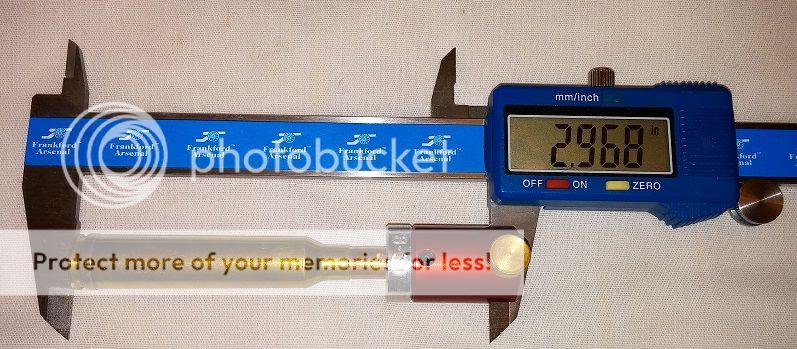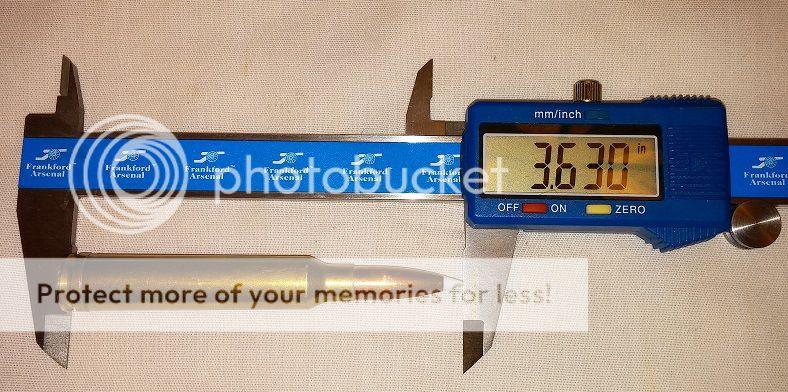The Oregonian
Well-Known Member
I have shot a few hundred rounds of new Nosler brass in my recently built custom in 30-06. My load is 57.2 H4350, Rem primers, Nosler BT 180gr at 3.684 CBTO....this gives me around 2810 FPS.
I just finished resizing the first half of my brass...is it unusual for the same load to work? I would expect to pick up a little velocity as the cases are fire formed, so does that likely imply that I should drop my charge weight to get back to prior velocity, which is where the best accuracy has been?
Or any other rules of thumb? Or is it a crap shoot as to how the load will perform in fire formed cases? Or is any change expected to be minimal and the same load often works?
Thx in advance.
I just finished resizing the first half of my brass...is it unusual for the same load to work? I would expect to pick up a little velocity as the cases are fire formed, so does that likely imply that I should drop my charge weight to get back to prior velocity, which is where the best accuracy has been?
Or any other rules of thumb? Or is it a crap shoot as to how the load will perform in fire formed cases? Or is any change expected to be minimal and the same load often works?
Thx in advance.


